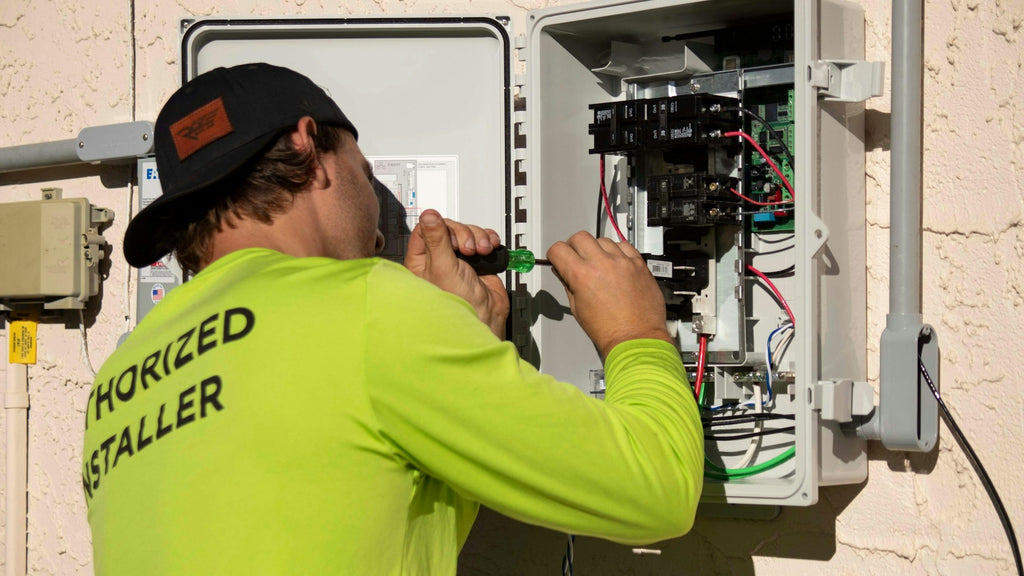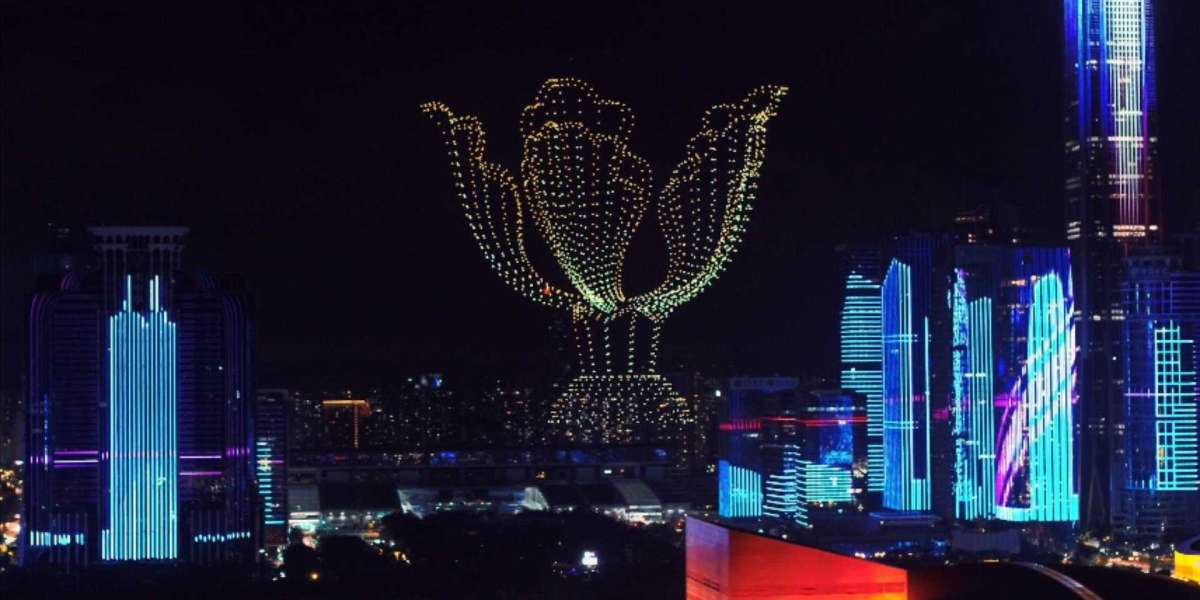Solar inverters play a crucial role in converting the direct current (DC) generated by solar panels into alternating current (AC) for home use. However, like any technology, they can encounter issues. Understanding these solar inverter problems is essential for maintaining an efficient solar energy system. In this article, we will explore eight typical issues, how to identify them, and effective solutions.

1. Overheating Issues
One of the most common solar inverter problems is overheating. This can occur due to poor ventilation or excessive ambient temperatures. If your inverter shuts down unexpectedly, it may be a sign of overheating. To resolve this, ensure that the inverter is installed in a well-ventilated area and check for any obstructions around it.
2. Low or No Output
Have you noticed a significant drop in energy production? This could indicate a malfunctioning inverter. Factors such as shading on solar panels or faulty connections can contribute to low output. Regularly inspect your solar panels for debris and ensure all connections are secure. If issues persist, consider consulting a professional.
3. Error Codes and Alerts
Modern inverters often display error codes to indicate specific problems. Familiarize yourself with your inverter's manual to understand these codes. If you encounter an error, refer to the manual for troubleshooting steps. For a comprehensive guide, check out this solar inverter troubleshooting guide.
4. Inverter Not Turning On
If your inverter fails to turn on, it may be due to a blown fuse or a tripped circuit breaker. Inspect the electrical panel and replace any blown fuses. If the problem persists, it may require professional attention to diagnose deeper issues.
5. Ground Faults
Ground faults can lead to significant safety hazards and are among the more serious solar inverter problems. These occur when there is an unintended path for current to flow to the ground. Regular maintenance checks can help identify and rectify ground faults before they escalate.
6. Communication Failures
Inverters often communicate with monitoring systems to provide performance data. If you notice discrepancies in your monitoring app, it could indicate a communication failure. Check the network connections and ensure that your inverter is connected to the internet. Restarting the inverter may also resolve temporary glitches.
7. Inverter Age and Wear
Like all electrical devices, inverters have a lifespan. If your inverter is nearing the end of its warranty period, it may be time to consider a replacement. Regularly assess the performance and efficiency of your inverter to determine if it requires an upgrade.
8. Inconsistent Performance
Inconsistent performance can stem from various factors, including environmental conditions and equipment malfunctions. Monitoring your system's performance over time can help identify patterns. If you notice significant fluctuations, it may be worth consulting with a solar energy expert.
Conclusion
Understanding these solar inverter problems is vital for maintaining an efficient solar energy system. By identifying and addressing these issues promptly, you can ensure optimal performance and longevity of your solar inverter. For more detailed troubleshooting, refer to the solar inverter troubleshooting guide.








